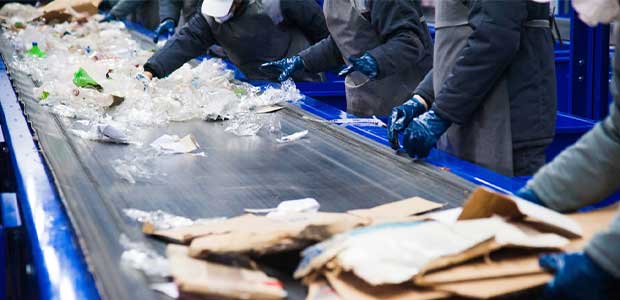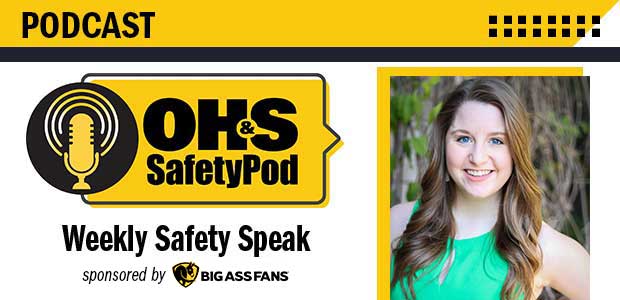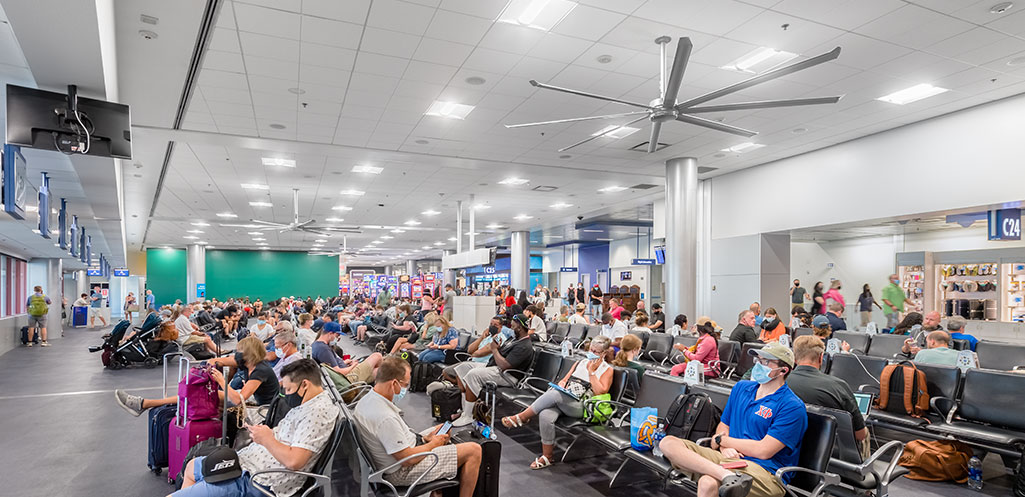
Maybe Artificial Intelligence could be the answer to many workplace safety questions.

Included in the citation are willful and safety violations.

The incident led OSHA to cite TYK America for 11 safety violations.

Many workers said they are concerned the air may be polluted and think access to clean air is important.

OSHA also cited it for fall and machine hazard violations.

The new standard goes a step beyond the baseline and uses three sets of metrics.

Episode 139
A look back at the history of respiratory research and standards is eye-opening when you consider how much respiratory protection has done for us in the past two and a half years.

SPONSORED
During the early stages of the COVID-19 pandemic, numerous government agencies along with professional institutions issued guidance regarding the operation of circulating fans.
Employees must understand how to properly set up, use and climb a ladder for safe work.

When welders utilize the correct respirators work can be done safely and efficiently.